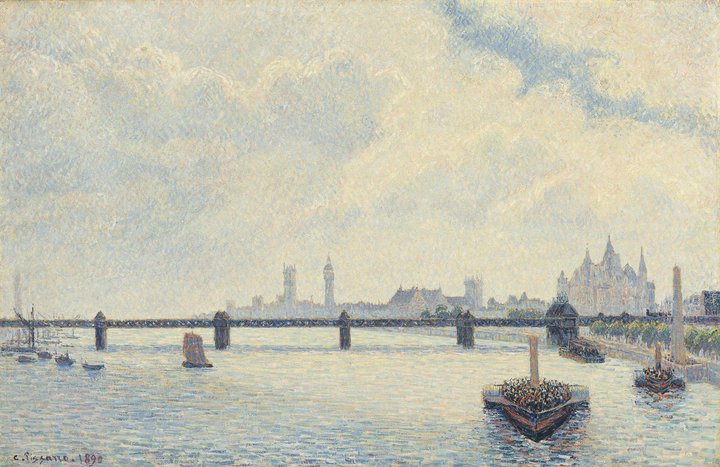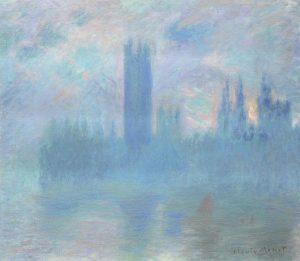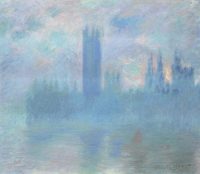The EY Exhibition: Impressionists in London at Tate Britain

An exhibition about the Impressionists advertised with a dreamy Monet painting of the Thames: it seems guaranteed to be a hit. Certainly, the premise is art historically intriguing. Impressionists in London charts the stories of French artists who sought refuge in Britain during the Franco-Prussian War (1870-1871), including Claude Monet and Camille Pissarro, and explores the impact this sojourn had on their creativity.
The show starts well enough, with an interesting foray into the historical context, which may be little known in Britain. There are some strikingly emotive paintings of the siege of Paris and photographs of the city in ruins, setting a dramatic scene for the exile of some of France’s most prominent artists.
Unfortunately, however, it quickly becomes apparent that these were early days for Impressionism as a movement. So early, in fact, that when Monet first came to London he hadn’t even painted his most famous work, Impression, Sunrise (1872), which is credited with beginning the Impressionist movement.
Instead, the exhibition displays a few less mature works by Monet and Pissarro, before launching into a series of rooms focused on artists who have very little to do with Impressionism as we know it. These are quite interesting, but don’t add much to the exhibition’s argument that exile in London was fundamental to the development of Impressionism as a movement in France.
The most stunning paintings come towards the end of the show, and they really are extraordinary. On one wall sits a lone 1901 Monet painting of Leicester Square at night, the daubs of colour dramatically pre-figuring abstraction. Then, in the exquisite penultimate room, exhibition-goers are treated to a group of six paintings of the Houses of Parliament. These works were painted during Monet’s much later visit to London in 1903-1904, and are therefore essentially irrelevant to the development of Impressionism as a movement. Nevertheless, painted from slightly different angles at different times of day, this series makes the exhibition worth the entry price. Sunlight filters through the infamous London fog and ripples on the water, while the Gothic buildings appear to slip in and out of definition.
It’s a slightly frustrating exhibition; there is so much here to like and appreciate, and yet it feels as if it’s been padded out with work of lesser quality and relevance. Perhaps the best advice would be to avoid lingering over the earlier rooms and save your energy for the later Monets, which undoubtedly benefit from extended looking.
Anna Souter
Featured Image: Camille Pissarro, Charing Cross Bridge, London, 1890
The EY Exhibition: Impressionists in London, French Artists in Exile (1870-1904) is at Tate Britain from 2nd November 2017 until 29th April 2018, for further information or to book visit the Tate website here.





















Facebook
Twitter
Instagram
YouTube
RSS